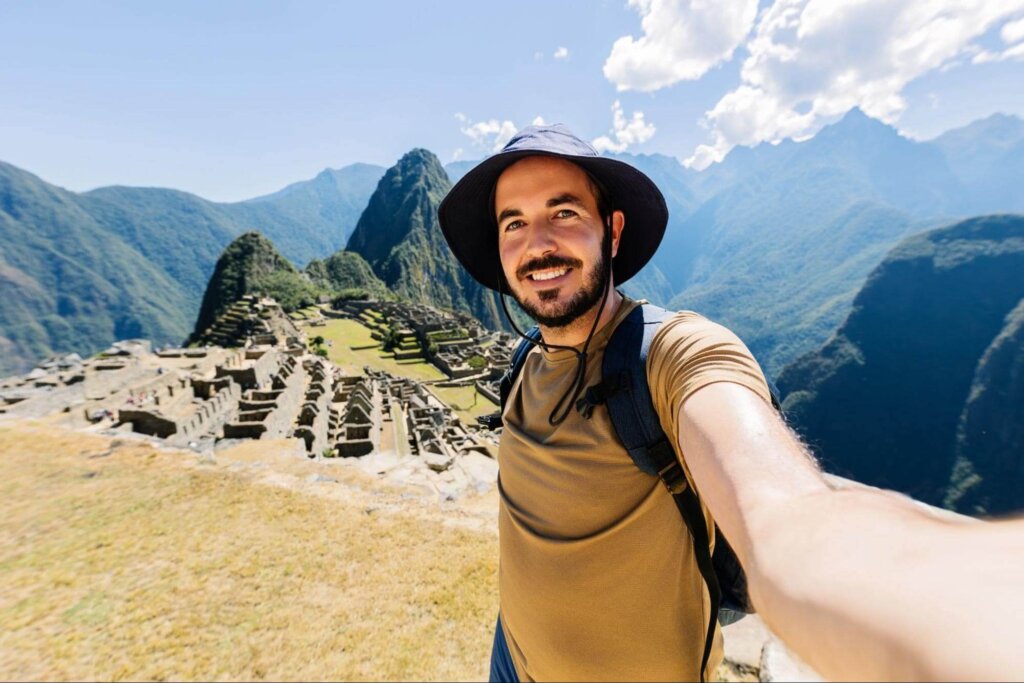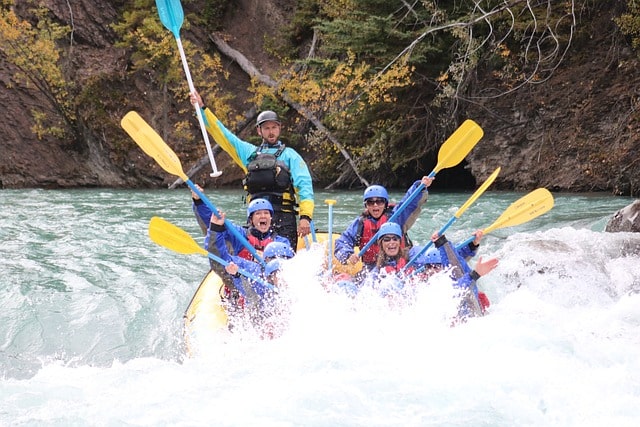Learn practical tips for stress-free travel, from smart planning and packing strategies to handling unexpected challenges during your journey.
The following is a guest post from my bloggy friend Megan Isola. Interested in having a guest post on my website? Click here for my guest post submission form.
Key takeaways from this post:
– Importance of thorough pre-trip research
– Value of weather planning and flexible wardrobes
– Critical timing for document preparation
– Smart packing strategies and organization
– Benefits of early preparation
– Importance of building buffer time into schedules
– Essential pre-departure routines
– How to handle unexpected travel challenges
Smart Travel Strategies: Your Blueprint for Seamless Journeys
Everyone wants a smooth, trouble-free trip. Unfortunately, sometimes traveling can be unpredictable. It’s stressful when plans change without warning and outside of your control.
Changing flight schedules. Random flat tires. Bad weather. Unexpected stops after your dog eats something that doesn’t agree with him. It would take a crystal ball to know everything that might go wrong as you travel. Smart planning may not stop random problems from popping up, but it can help you reduce the stress you go through during the trip.
Start by doing a little research on what to expect. Get everything ready ahead of time, so you don’t scramble on the big day. Pack light, but pack smart for yourself along with any traveling companions or pets. And finally, consciously add some extra leeway to your travel plans. Experienced travelers know that’s key to both a smoother trip and how quickly you can bounce back from little mishaps that spring up.
Do Your Research
Spend a little time figuring out what your journey will look like, along with that first hour at your destination. The exact questions you need to answer depend on how you’re traveling, but you may want to know:
- How long will it take to get there?
- If you’re flying, how do you get between distant airport terminals?
- If you’re taking a ferry along one leg of the trip, what hours does it run?
- Does the ferry stop running at some point in the night? What’s your backup plan if you miss that cutoff?
- For long car trips, where can you find motels along the way?
- Any alternate routes if the interstate has been slowed down by construction?
- What paperwork do you need to travel with your dog? What supplies should you carry to keep him comfortable?
Don’t Neglect the Forecast
The weather can affect everything from how smoothly your trip runs to how comfortable you’ll feel during it. When you’re checking the forecast you’ll want to consider big things like flights getting possibly canceled because a hurricane is hitting the state. However, smaller factors like intense temperatures can also affect your trip. Many older cars struggle to start in the cold. Meanwhile, unseasonable heat raises the risk of car accidents. You’ll need to drive more defensively, whether it’s snow or a burning heat wave.
Changing Temperatures, Flexible Wardrobes
Packing the right clothes can help you bridge big temperature differences between your home and the final destination. They may also keep you more comfortable during the journey. Airports can be colder than you expect, while train rides may feel too warm if the rain keeps you from cracking a window.
You can always pick up a jacket or short-sleeved shirt along the way, but airports and tourist shops mark the prices up dramatically. Instead, try to have extra layers on hand. Pack a light sweater or jacket, and maybe a short-sleeved shirt to change into if the temperatures soar.
Figure Out Your Paperwork

Did you know that it can take eight weeks to renew a passport? Even pricey expedited services may take two weeks. If you’re traveling internationally, check that expiration date so you can get the process started now. Some countries also require you to apply for visas ahead of time, and a lot of these agencies operate at their own pace. Finally, certain vaccines take several weeks to be fully effective, and you might need more than one dose. If you’re traveling to an area where a vaccine is recommended, call your healthcare provider now and ask what schedule they recommend.
Pack Early
Try to get your suitcases and bags fully packed before your departure time. This isn’t just about realizing you’re missing something and making a last-minute run to the store. It’s also about figuring out if you’ve actually overpacked and need to make some cuts. Remember that you may have to haul that backpack some distance, or lift your carry-on bag up to the overhead compartment. There’s also the problem that the more stuff you take, the longer it will take you to unpack and get set up at your destination.
Pack Light
This leads to the next tip: remember that you don’t need to take everything with you. If your destination has a supermarket, you can grab disposable razors and travel-sized toiletries after you land. When you run out of reading material, just hop on the local Wi-fi and download another book. Are friends and family asking for souvenirs? Go extra light to leave space in the suitcase. Your future self, packing for the trip back, will thank you.
Streamline Your Exit Routine
Early bird travelers can launch their trip with less stress by getting everything laid out the night before. This includes your full travel outfit, from sunglasses to shoes. Have everything folded in a neat pile ready to be thrown on at 4 AM. Make sure your phone and power brick are topped up. Oh, and call your credit card company to let them know that you’ll be traveling. This way, the card won’t get frozen after any suspicious charges.
The Biggest Tip for Stress-Free Travel
You’ve put in the work to make an airtight plan. Now it’s time to loosen it up.
Yes, this whole article has been talking about the importance of planning. However, the only guarantee of travel is that your journey will probably take an unexpected turn along the way. Maybe the plane taxis around a long time before takeoff, or a car accident slows the highway down to a crawl. If you’ve got things planned down to the minute, one small delay affects the rest of the schedule.
To avoid this stress and headache, try to add ten percent to however long every step of the journey should take. Creating elbow room in your plan gives you the chance to get back on schedule when unforeseen strikes. If everything goes smoothly, and you get to your destination slightly early, congratulations! You’ve bought yourself an extra hour or two and can get settled in at a relaxed pace.

























